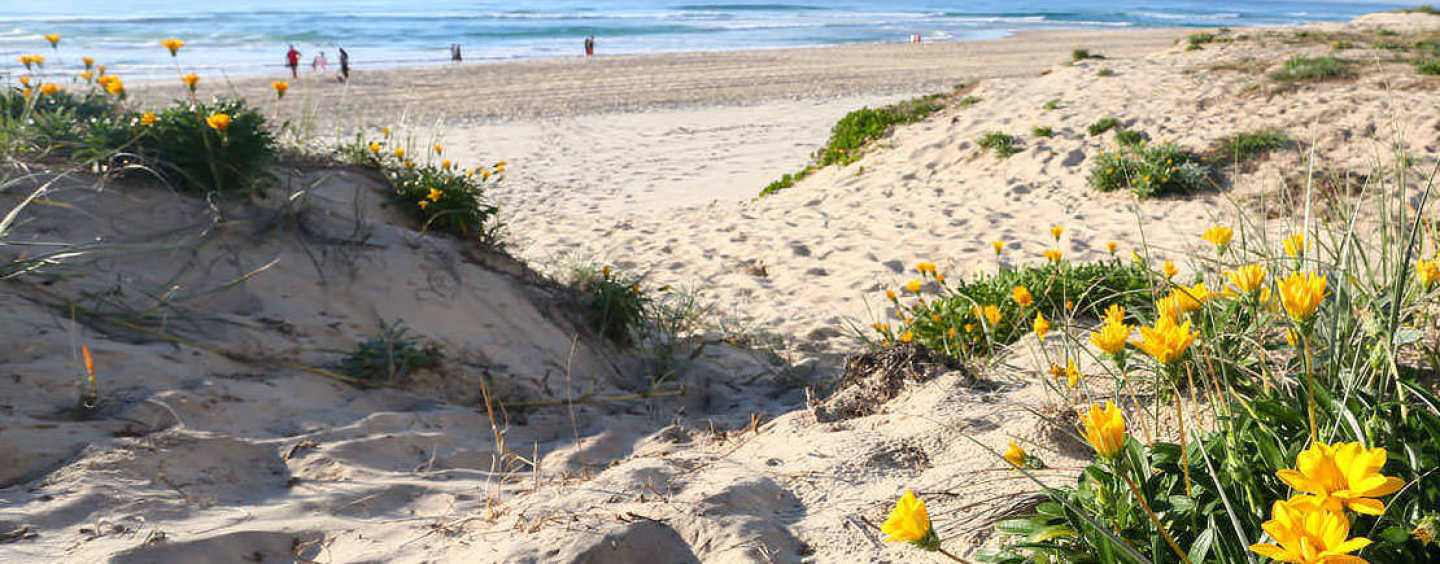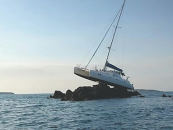Did you know that there are more stars in our universe than grains of sand on all the beaches on earth? And that the stories that the sand on Australian beaches can tell date back thousands of years? The sand on the Gold Coast is no different, being formed from granite rocks and sandstone up to 250,000 years ago.
If you would look at sand through a microscope, you will able to identify many different rocks, gemstones and shells. It takes many years for a rock to break down to the size of a grain. The motion of waves, wind and currents makes sure that the sand moves along the coasts and becomes finer in the process. The softer rocks are worn away the fastest, exposing the jade, quartz and sometimes even gold!
The Gold Coast is very fortunate to have fine, golden sand. There are many beaches in the world where pebbles or gritty sand make up the coastline— beautiful and dramatic in appearance but not so good for building sand castles or spreading your beach towel on!
Our Gold Coast sand originated from the Clarence River in New South Wales where granite rocks were transported downstream to the ocean. However, this changed 12,000 years ago until today when our sand is being delivered from the eroding beach ridges along Brunswick Heads.
The constant movement of that fine sand along the Gold Coast’s coastline creates a challenge for our coastal lifestyle. In order to protect our coast from erosion and storm events, the city of Gold Coast needs to constantly ensure there is enough sand on our beaches and our dunes are revegetated. This involves often complicated coastal engineering techniques, which are constantly being innovated and renewed.
The Griffith Centre for Coastal Management’s partnership with the City of Gold Coast ensures the coast is being monitored at all times. Making sure that we have a safe place to live, a beautiful beach to use, and a great coastal lifestyle to enjoy!
By Maggie Muurmans, Griffith Centre for Coastal Management
Keeping sand on the beaches
Whenever we walk on beaches, we are always collecting sand and taking them off the beaches where they belong. To minimise our impact on the coast, ensure that we take less or none of the sand when we leave the beach.
• Use linen or other sand resistant material for laying on the beach. Towels easily collect sand and are hard to brush off.
• Use flip flops or sandals where the sand can easily fall off as you walk.
• Do not collect sand from the beaches. The coast needs each grain of sand for its protection and survival.
By BGC team



























